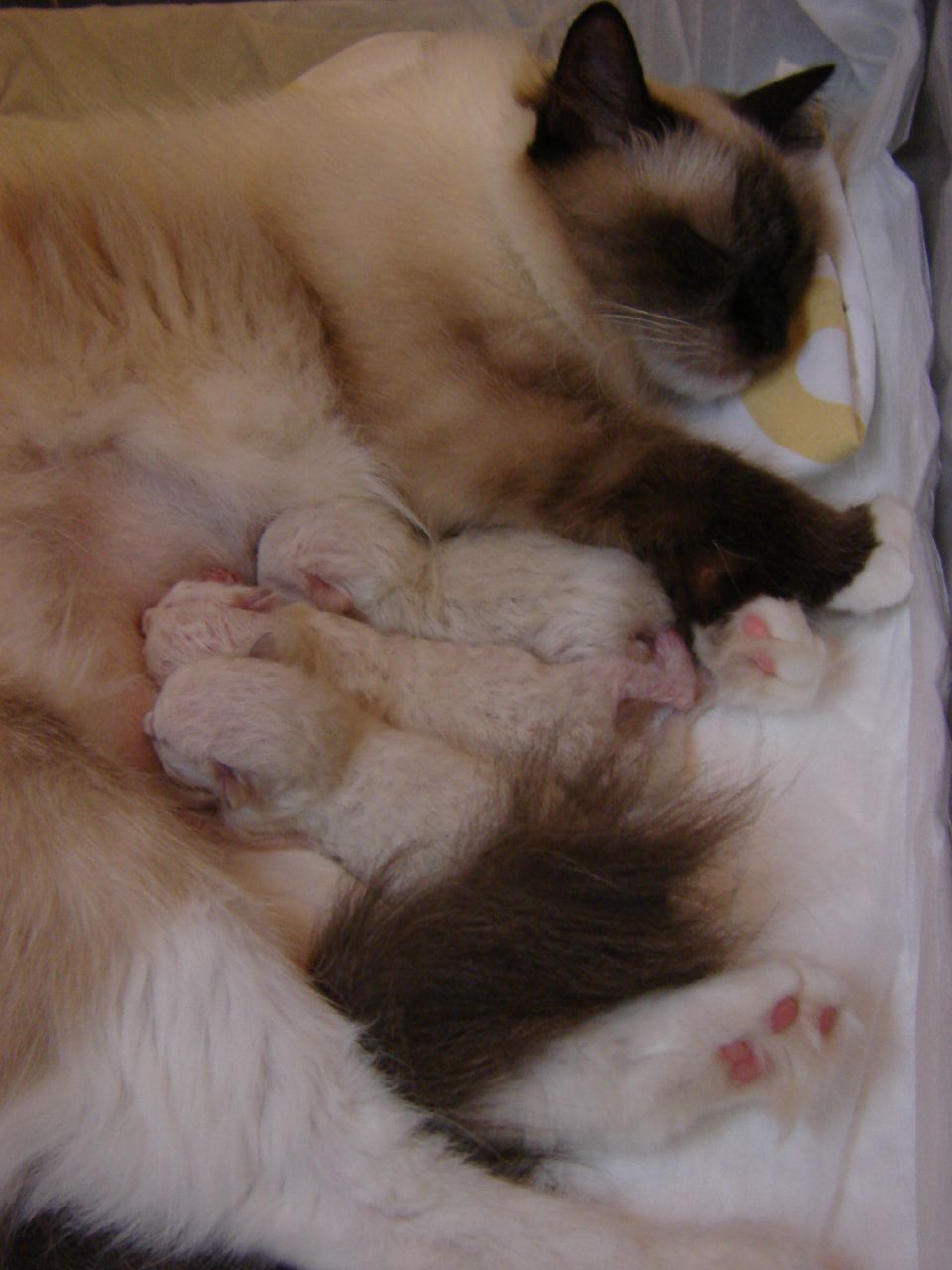When buying an exotic pet it is very important that you buy from a reputable breeder. Unfortunately many people simply want an exotic pet and do not check where it came from. In some cases exotic pets are obtained illegally and smuggled into areas where they are offered for sale.
Buying pets that were caught in the wild is never a good idea for the following reasons:
Disease - Wild caught animals could be riddled with disease, even if they appear healthy they could be carrying a disease which could risk their health, or spread to other pets.
Parasites – It is just as likely that a wild caught animal would be full of parasites. These might not even be a problem when the animal is living naturally, but when introduced to the stress of capture and confinement the parasites can easily take over.
Stress – Stress in itself is a huge health risk to an animal. The stress of being captured is enough to kill some animals, as well it lowers their immunity, as does the stress of being confined. Stressed animals do not thrive, many die either from the stress itself, or from not being able to eat as the result of being stressed.
Removal from Natural Breeding Population – In some areas certain exotic animals are at risk, when healthy breeding animals are removed it lowers the genetic pool and the population's ability to sustain itself in a healthy manner.
Habitat Destruction – In some cases habitats are destroyed intentionally to collect certain animals. One of the most common examples of this is pouring cyanide on a coral reef. Many fish, and corals die, while only a few are knocked out and collected to be sold to pet stores.
Poorly Cared For – Animals that are caught wild for the purpose of resale are generally not properly cared for by their captor, other than with the interest of getting them to the store, or point of sale, quickly. Some animals, such as snakes, can go for a while without eating, but need to be kept warm, and this lack of care often leads to some dying before making it to the point of sale, or leaving them stressed when they are resold.
You want a healthy pet, one that came from somebody who knows what they are doing, not from somebody who captured it for profit. Sadly many people who want exotic pets unknowingly support the cruel industry of wildlife trafficking.
Never Support Unknown Sources– Overall when you buy from anyone that is not a breeder you truly do not know the animals origins. If you buy from a pet store and the pet store bought from a broker, and the broker bought from a wildlife smuggler, you have just supported the wildlife smuggling industry.
A breeder will know more information about the real care needed for such animals, and will provide you with genuine help.
The only other way of being sure your exotic pet purchase does not support illegal wildlife smuggling is by adopting your exotic pet from a pet rescue. The rescues do not make any money, and simply want the pets to get a good home. The people they get the pets from also did not profit when they gave their pet to the shelter – so adopting a pet from an animal shelter does not contribute to illegal animal trafficking.
Further Reading
Snakes on a Bus - hundreds of illegally caught snakes, 186 endangered tortoises, 40 lizards, and an armidillo.





















